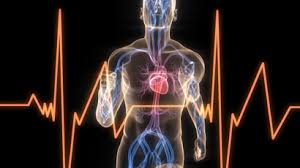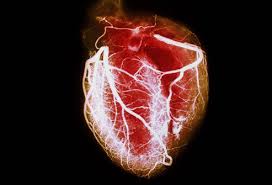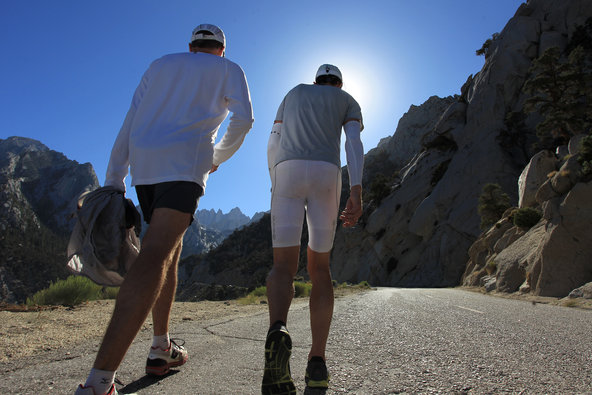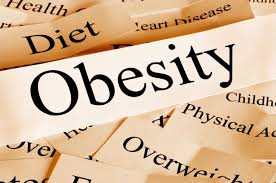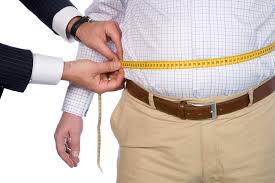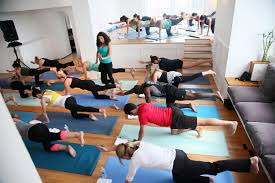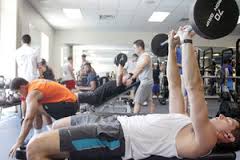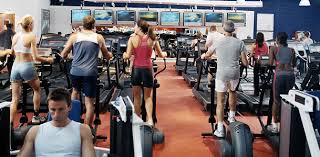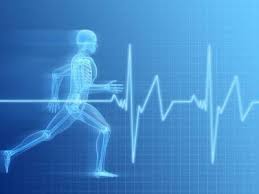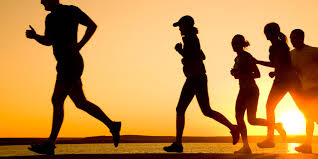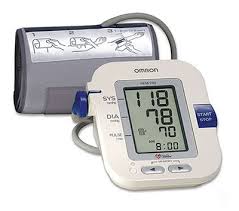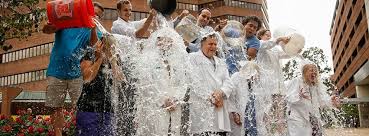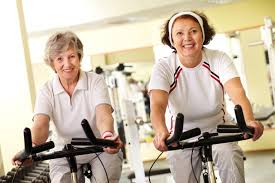 Women who exercised during their teen years were less likely to die from cancer and all other causes during middle-age and later in life, according to a new study by investigators at Vanderbilt University Medical Center and the Shanghai Cancer Institute in China.
Women who exercised during their teen years were less likely to die from cancer and all other causes during middle-age and later in life, according to a new study by investigators at Vanderbilt University Medical Center and the Shanghai Cancer Institute in China.
The study was published online July 31 in Cancer Epidemiology, Biomarkers & Prevention, a journal of the American Association of Cancer Research.
Lead author Sarah Nechuta, Ph.D., MPH, assistant professor of Medicine in the Vanderbilt Epidemiology Center, said understanding the long-term impact of modifiable lifestyle factors such as exercise in adolescence can have important public health implications for disease prevention over the course of a woman’s life.
“Our results support the importance of promoting exercise participation in adolescence to reduce mortality in later life and highlight the critical need for the initiation of disease prevention early in life,” said Nechuta.
The study was designed to ascertain potential associations between adolescent exercise and cancer, cardiovascular disease or other causes of death among women in middle age and later life. The investigators used data from the Shanghai Women’s Health Study, a large ongoing prospective cohort study of 74,941 Chinese women between the ages of 40 and 70. The women enrolled in the study between 1996 and 2000. Each participant was interviewed at enrollment about exercise during adolescence, including participation in team sports, as well as other adolescent lifestyle factors. They were also asked about exercise during adulthood and other adult lifestyle factors and socioeconomic status, and participants were interviewed again every two to three years.
Regular exercise was defined as occurring at least once a week for at least three continuous months. Women who  reported regular adolescent exercise were also asked how many hours a week they participated and for how many years they had exercised regularly.
reported regular adolescent exercise were also asked how many hours a week they participated and for how many years they had exercised regularly.
“In women, adolescent exercise participation, regardless of adult exercise, was associated with reduced risk of cancer and all-cause mortality,” explained Nechuta.
Participation in team sports during the teen years was associated with a reduced risk of cancer death later in life.
Source: American Association for the Advancement of Science (AAAS)

